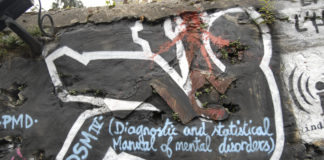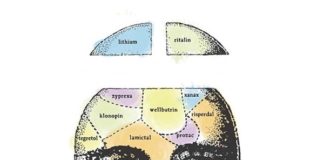Tag: Diagnostic and Statistical Manual
Robert Spitzer on DSM-III: A Recently Recovered Interview
Robert Spitzer, chair of the Task Force for DSM-III, discusses his decisions on inclusion, exclusion, expansion, and renaming disorders in the manual.
Decontextualized Depression and PTSD Diagnoses Fail Indigenous Communities
A case analysis of an American Indian woman illustrates how the DSM diagnostic criteria misrepresent the lives of indigenous people.
Creating “Mental Illness” – An Interview with Christopher Lane
The story behind how the ICD and the DSM came to include certain mental disorder descriptions is a fascinating one. Christopher Lane, a 2005 Guggenheim Fellow, wrote about these seminal events in Shyness: How Normal Behavior Became a Sickness. We discuss what led him to write this book a decade ago, and why the questions he posed are still relevant today.
Beyond ADHD: Moving Past the DSM Paradigm of Mental Illness
A paradigm is a way of thinking about things. For the past 60 or so years, our thinking about mental health and illness has been dominated by what can be referred to as the "DSM (Diagnostic and Statistical Manual of Mental Disorders) paradigm." What this looks like in everyday practice is that when a child is referred to my behavioral pediatrics practice for anxiety, the questions that parents, referring doctors, and teachers ask is, "Does he have anxiety disorder?" followed by "How to we manage his behavior?" and "Does he need medication?"












